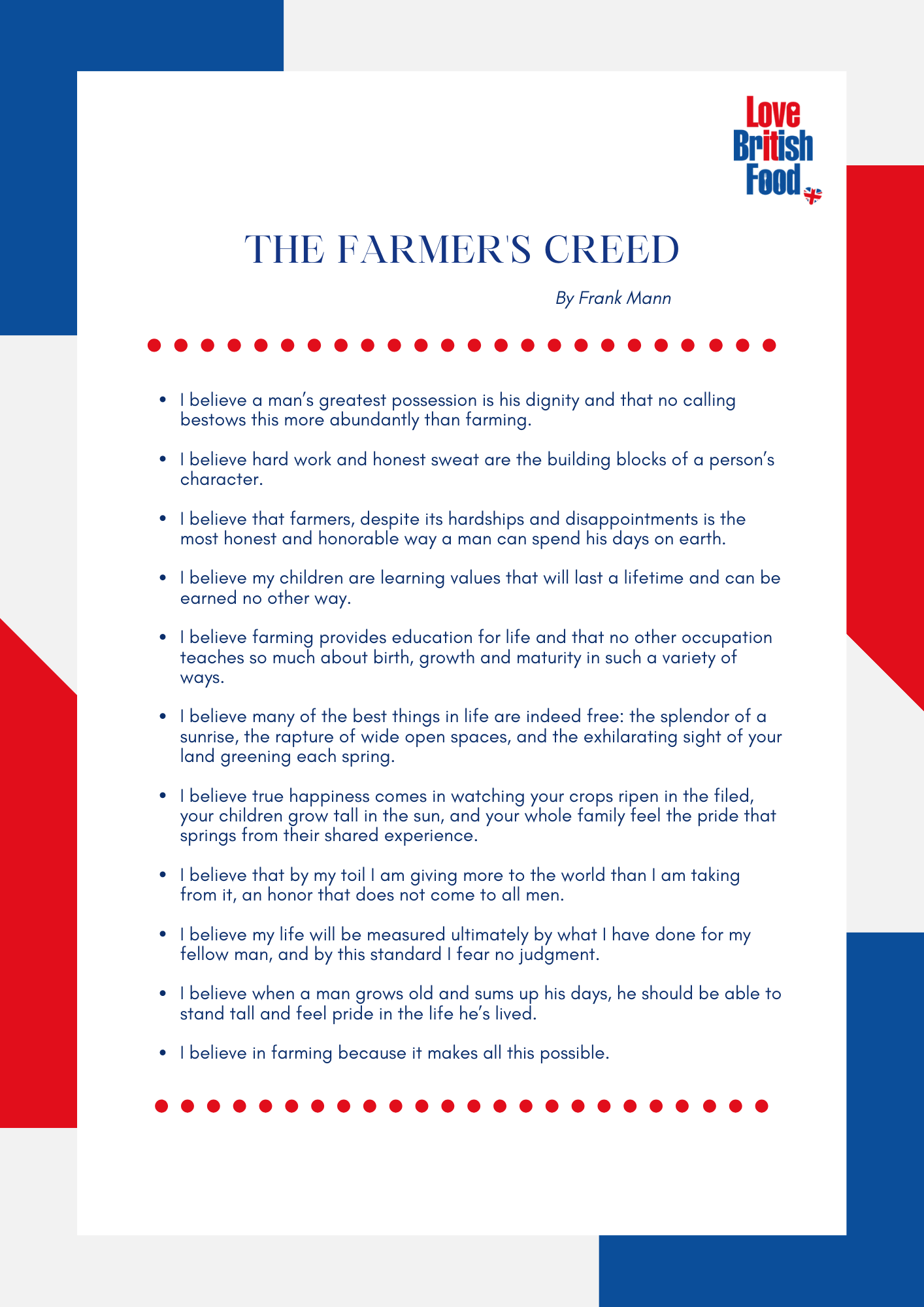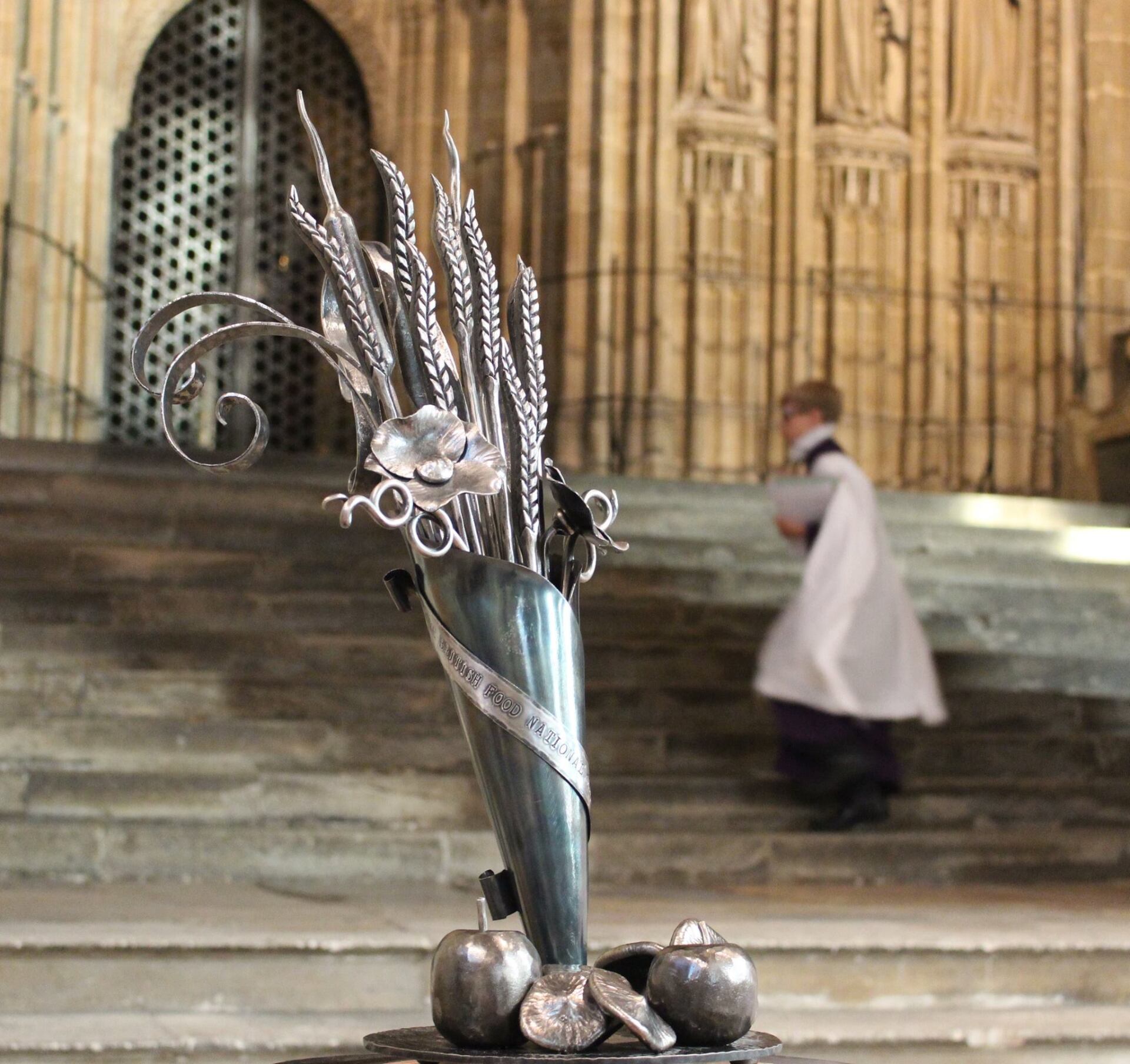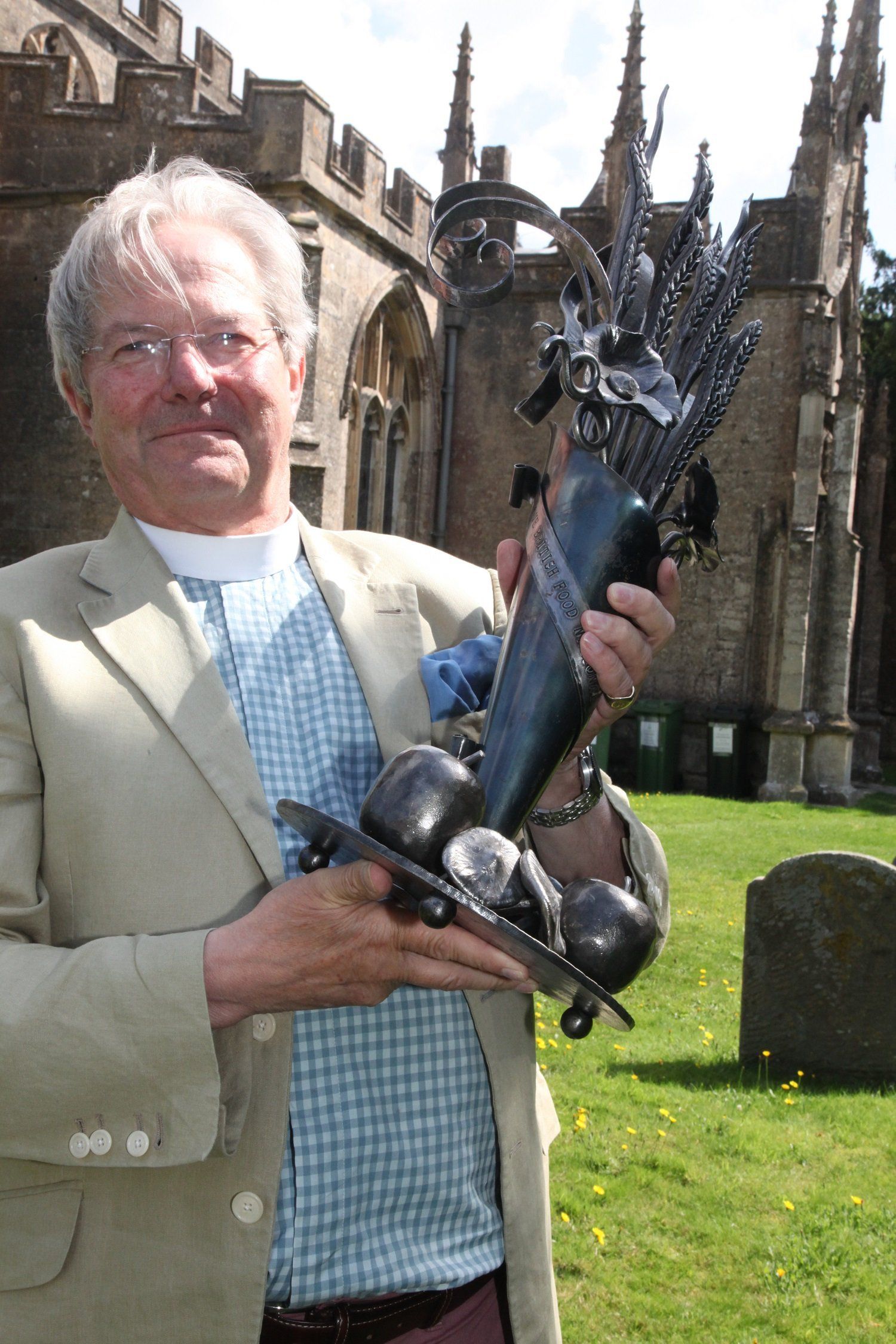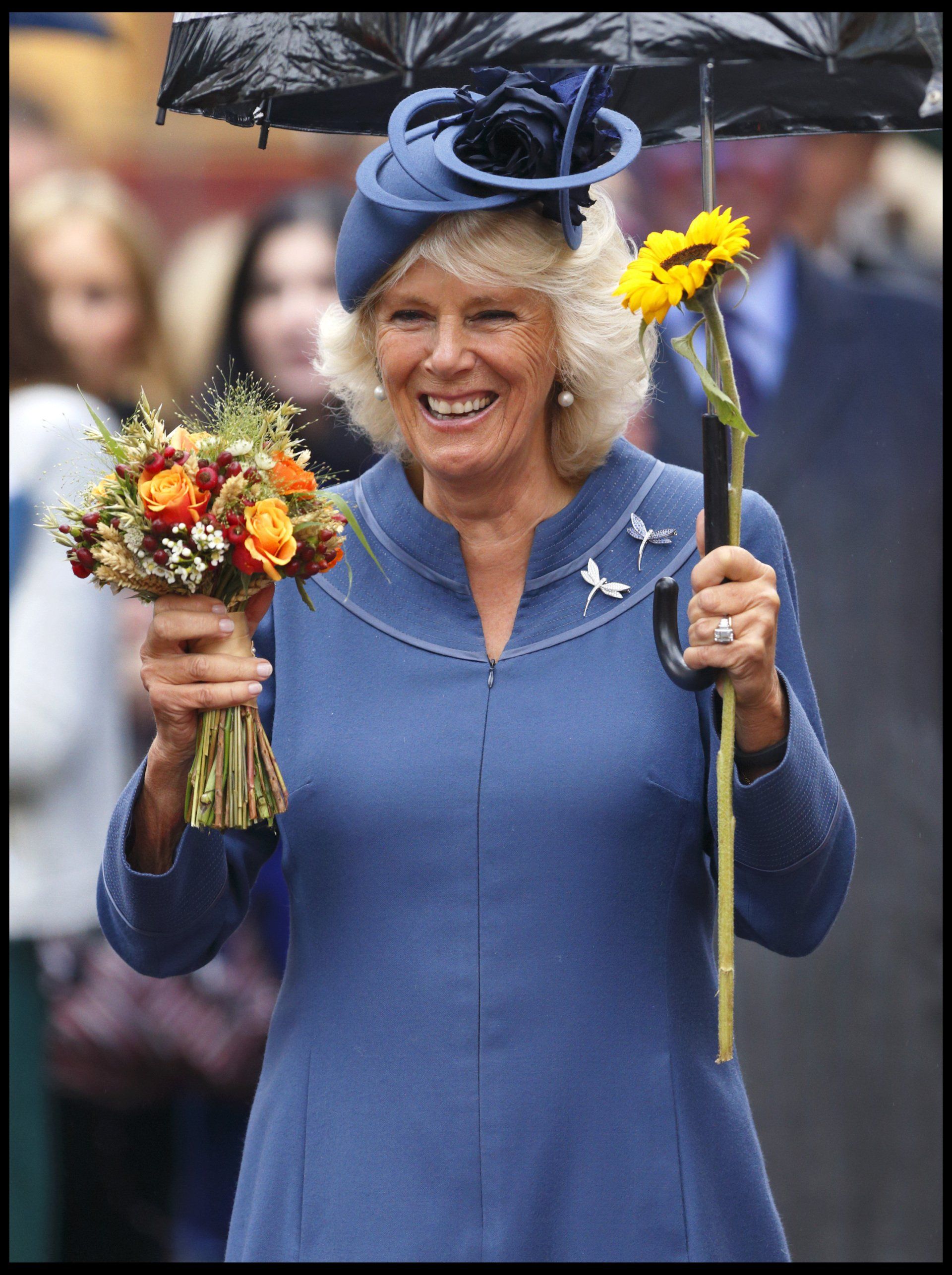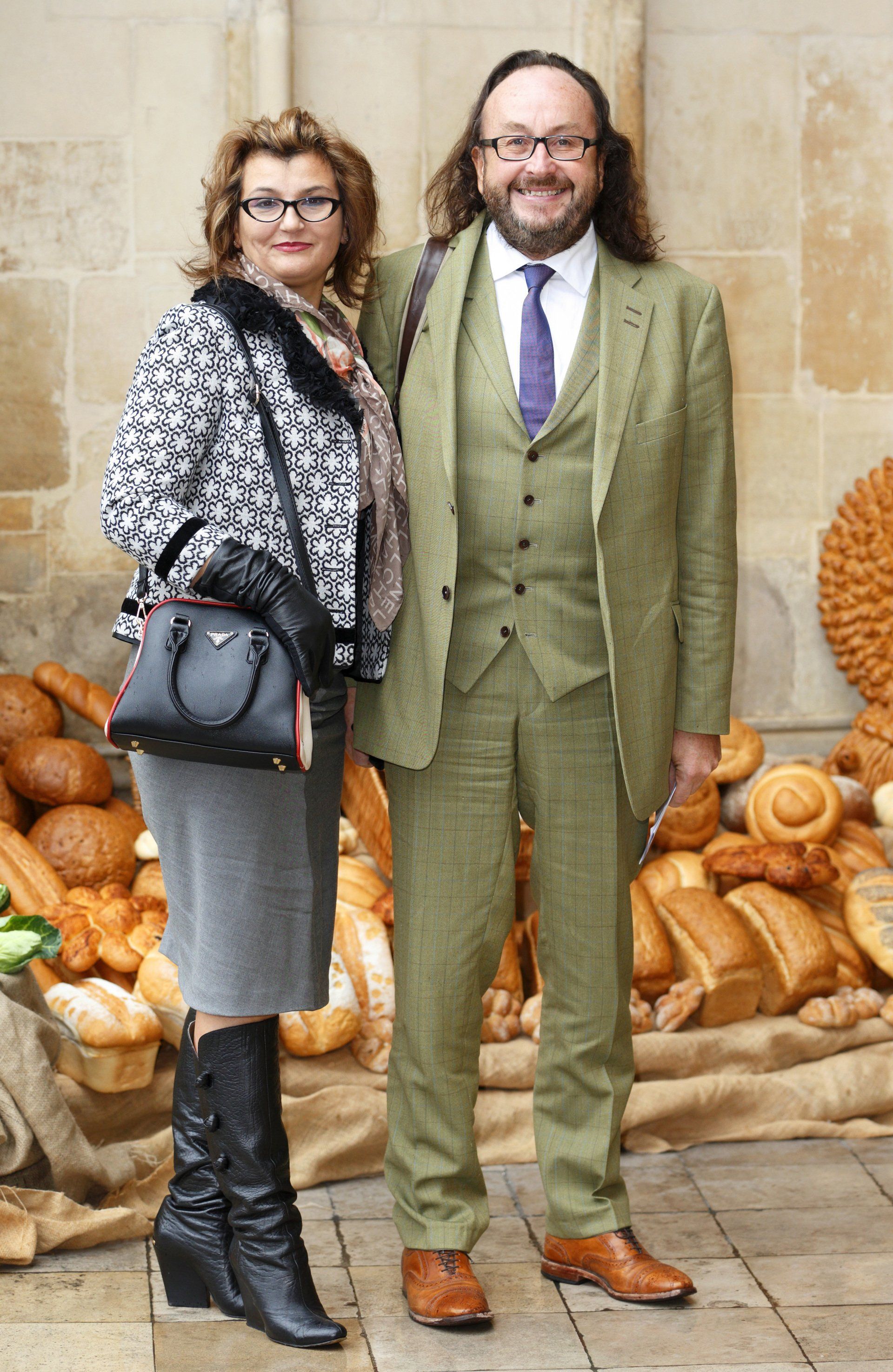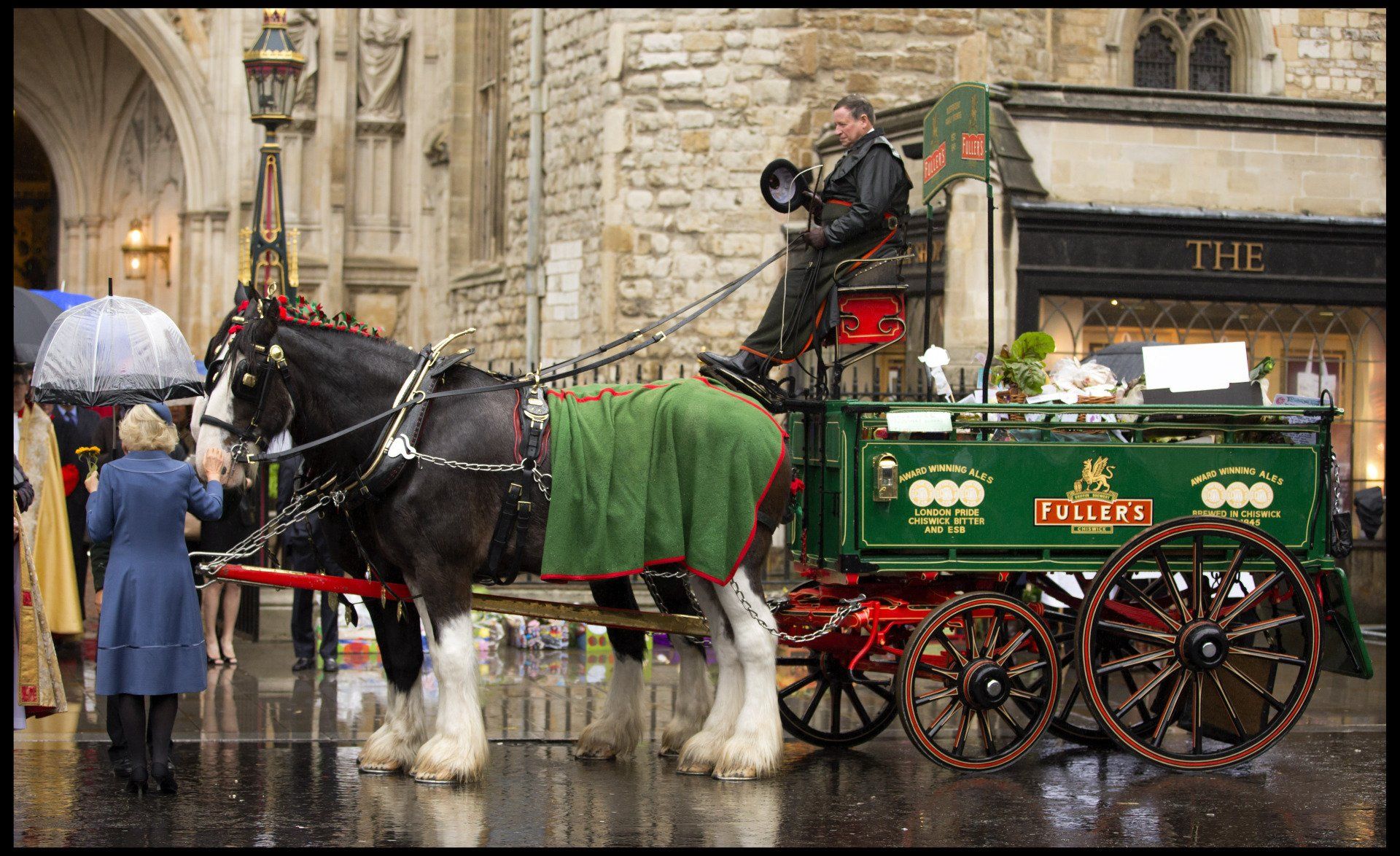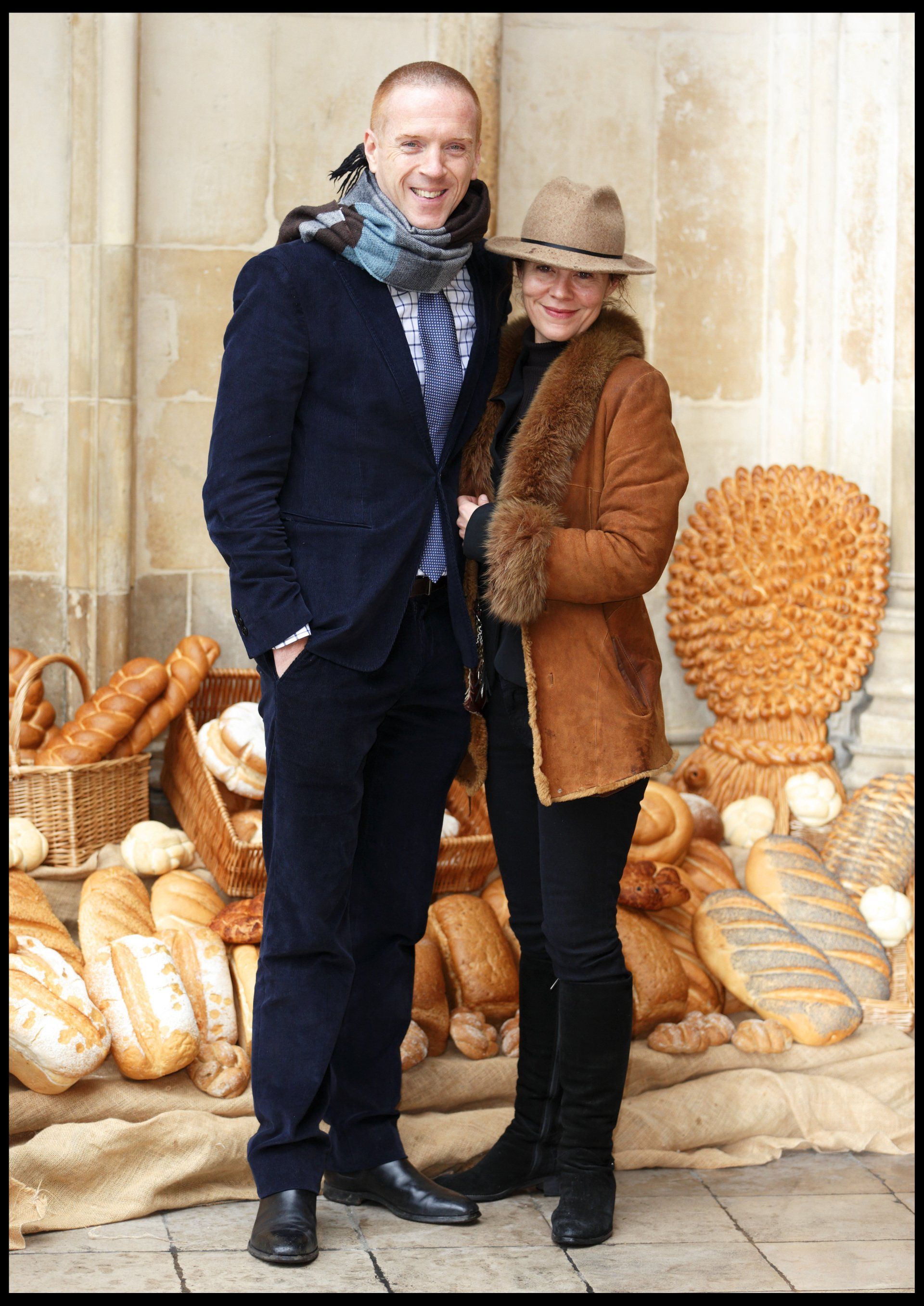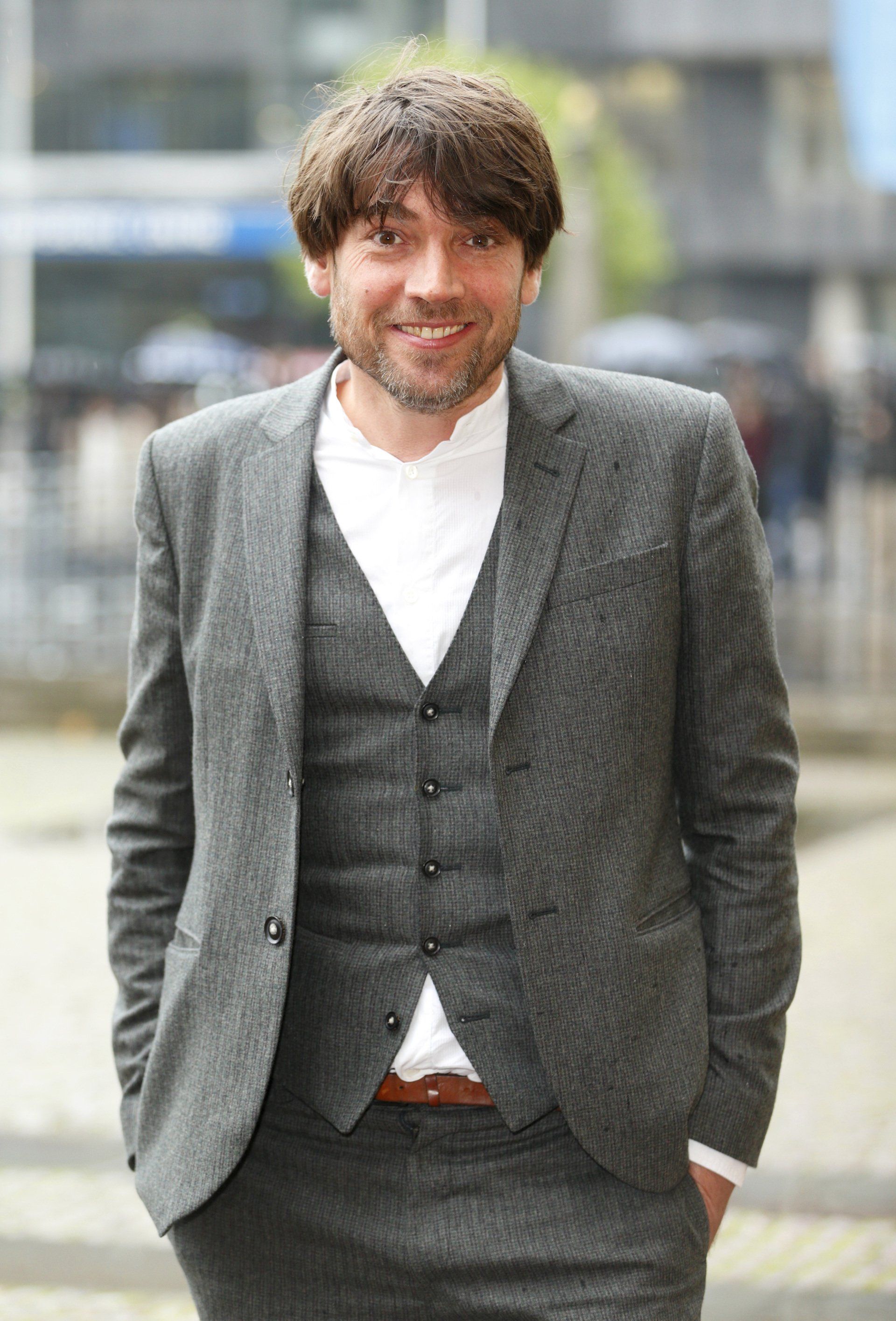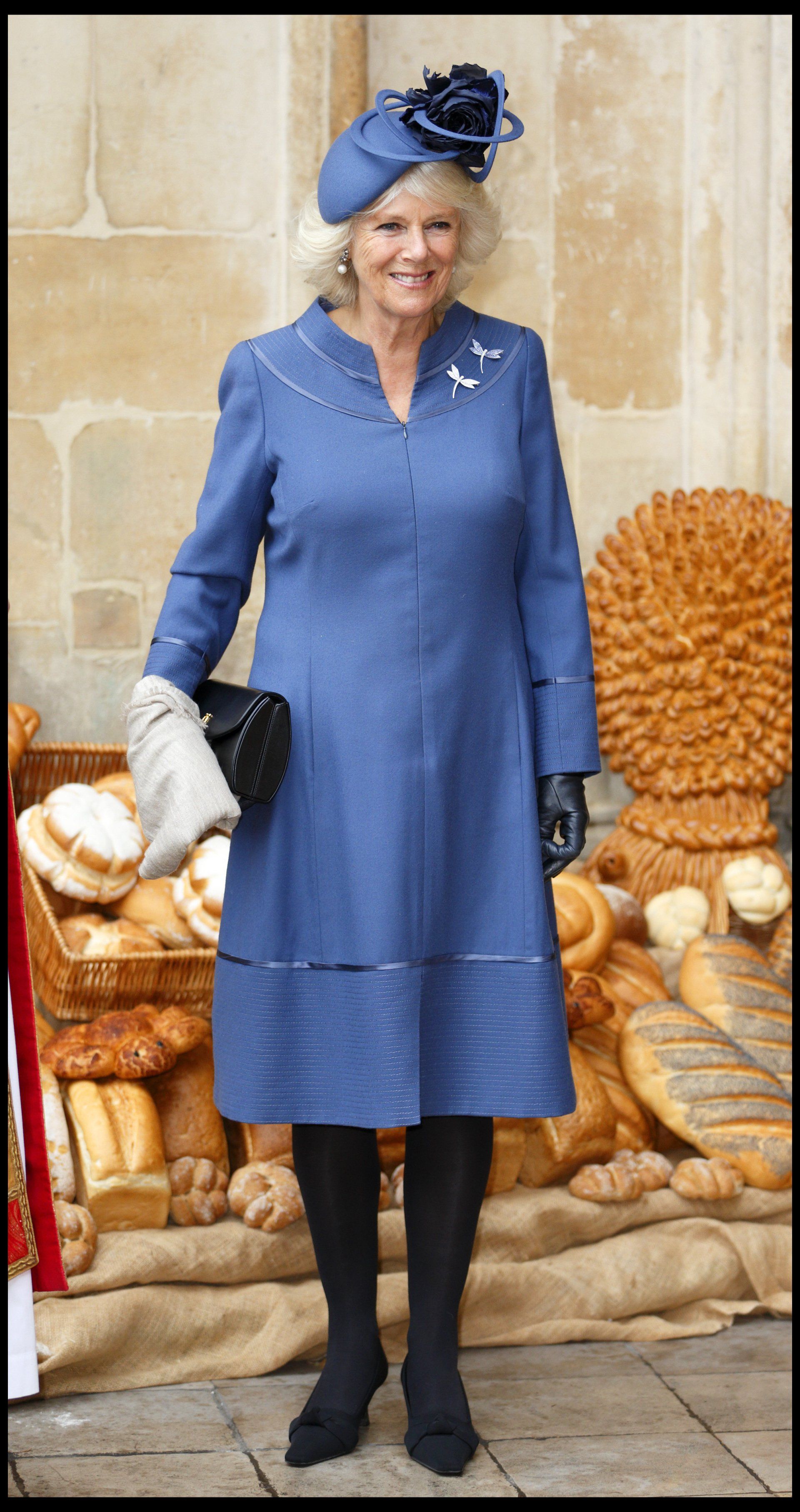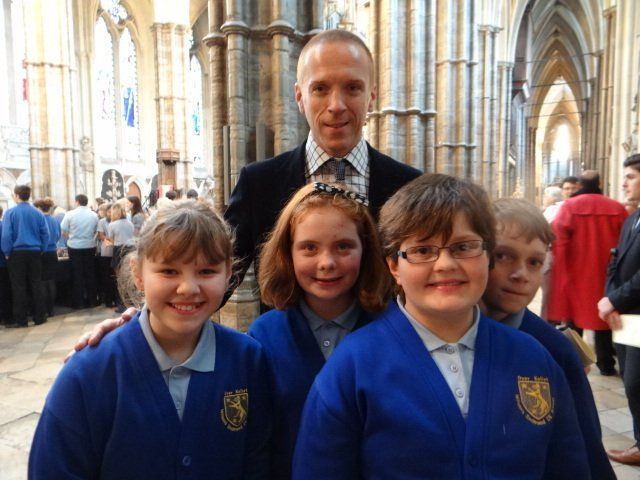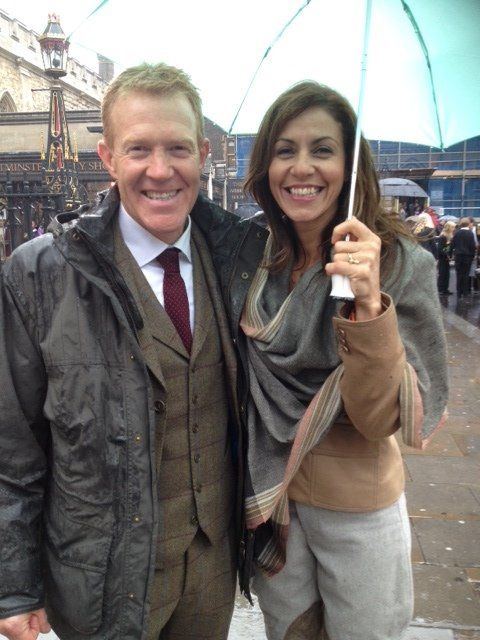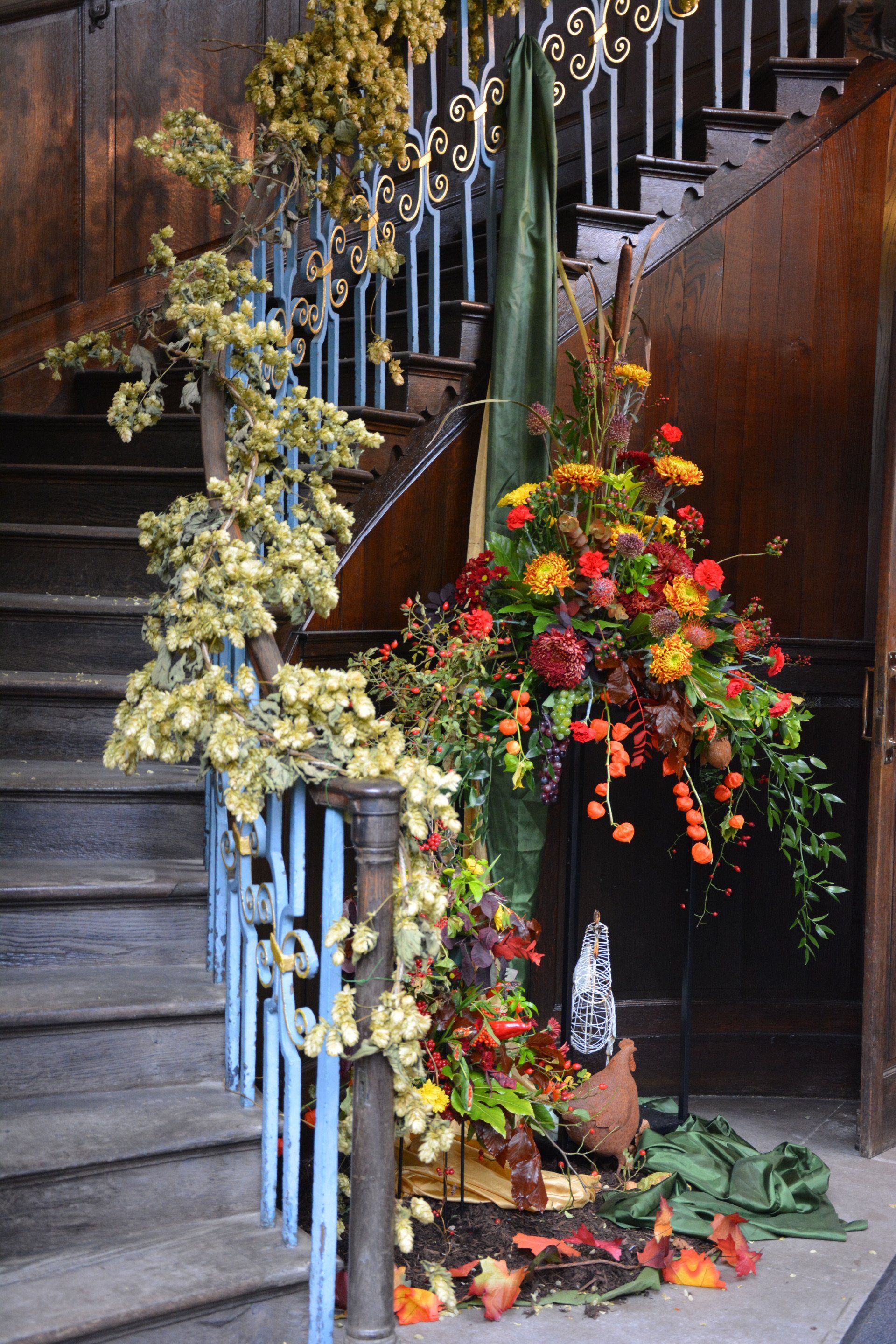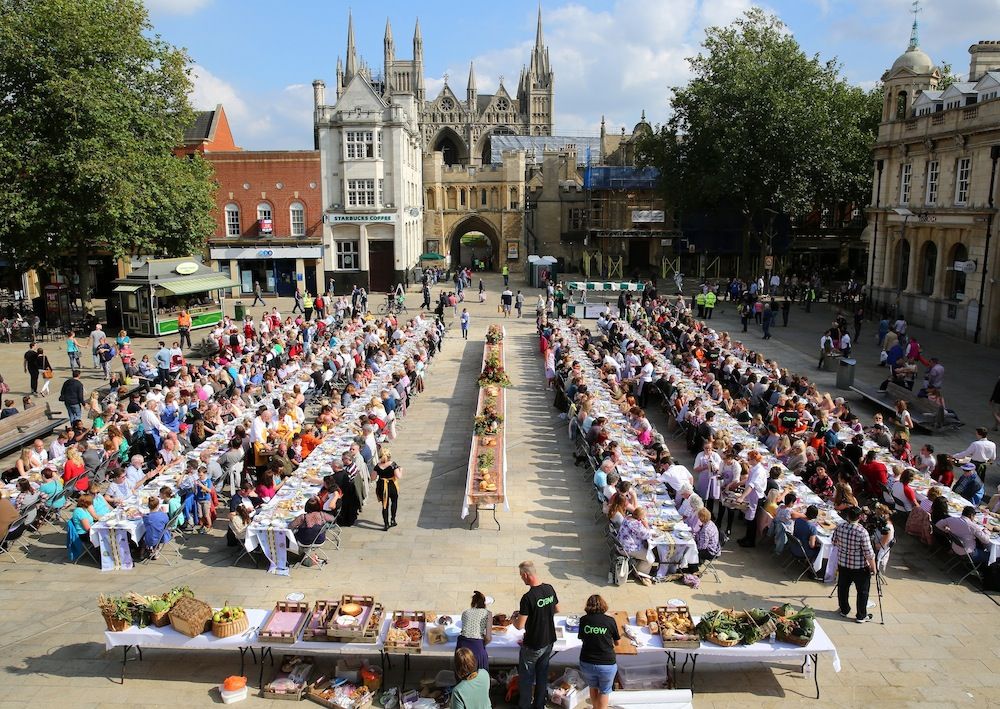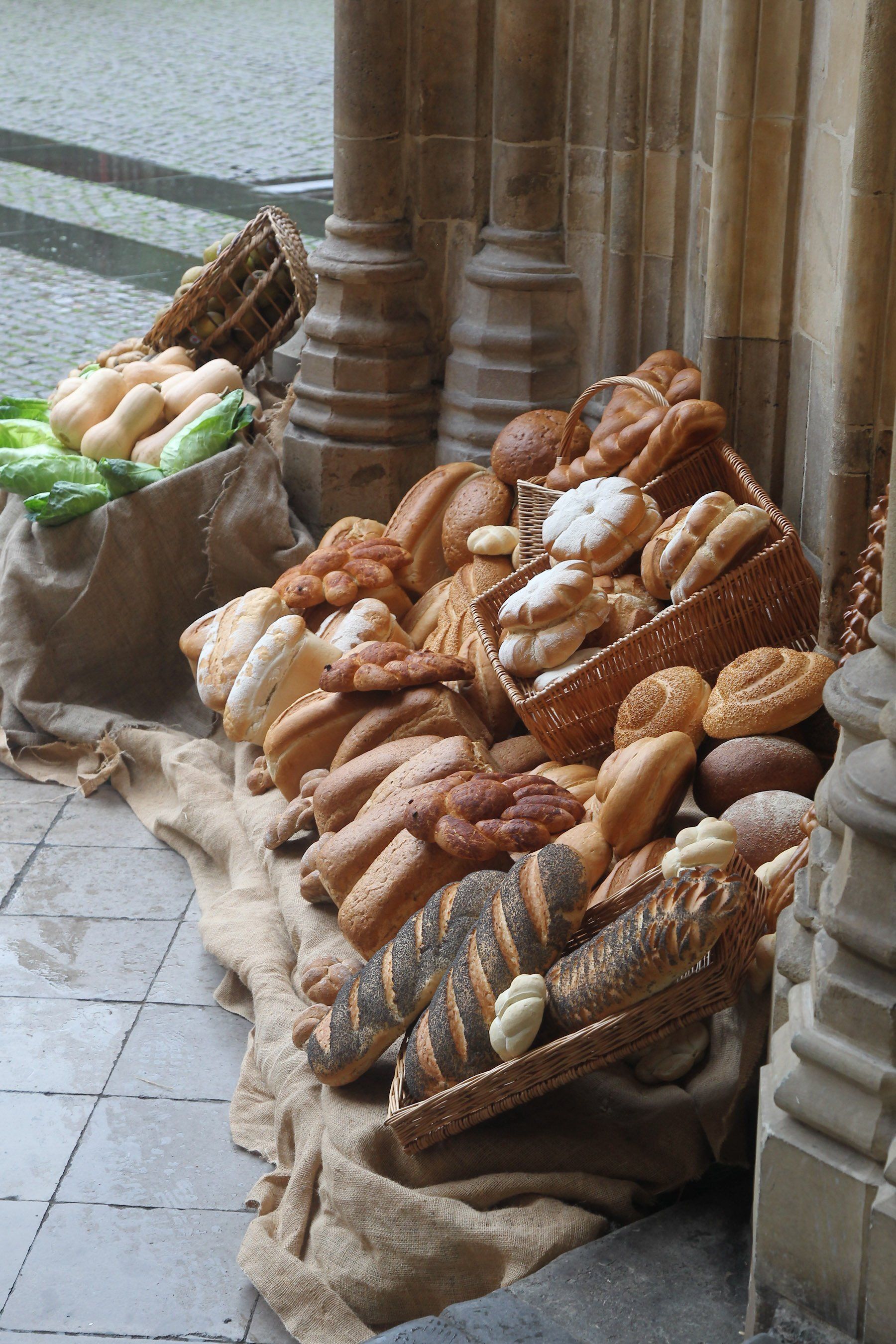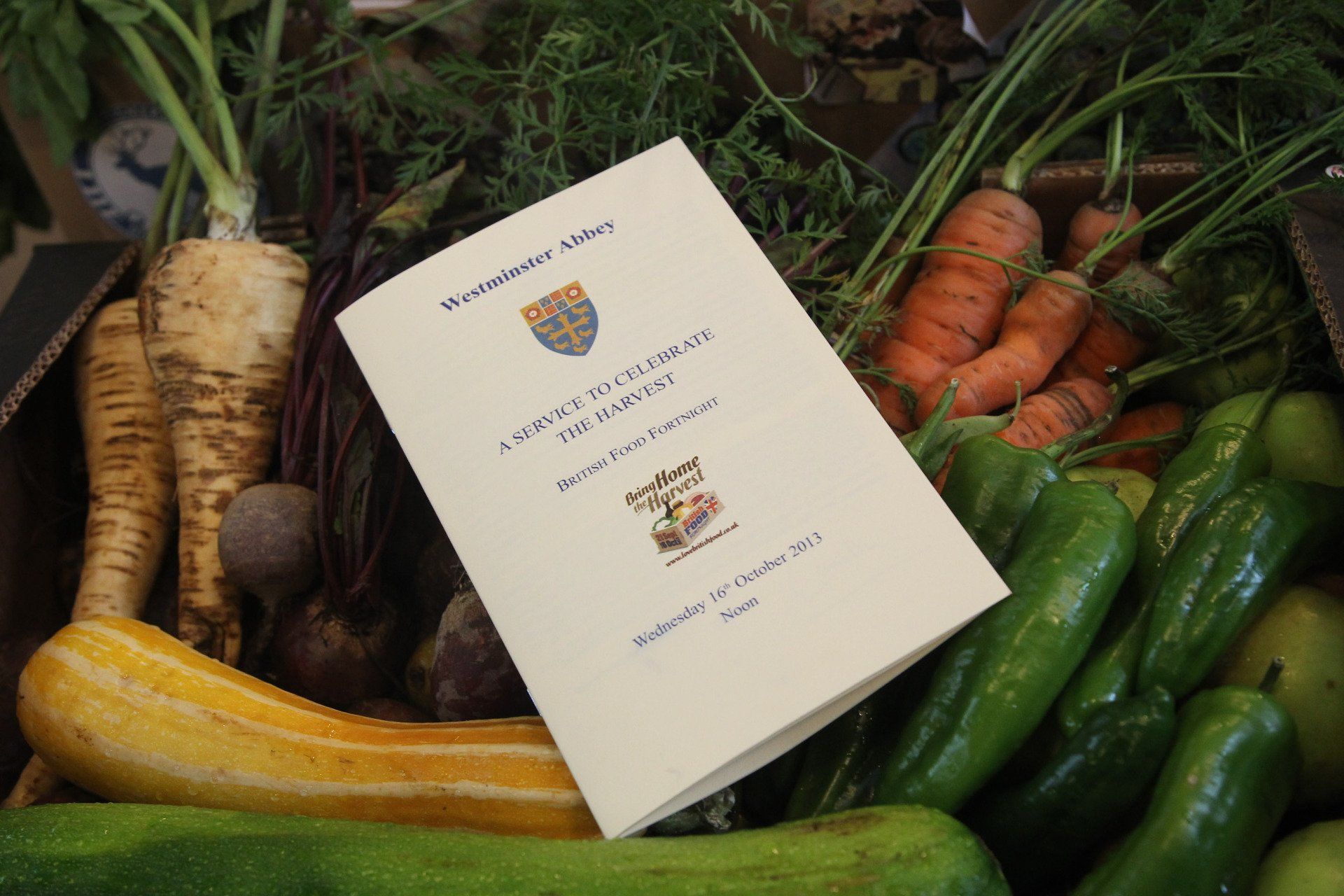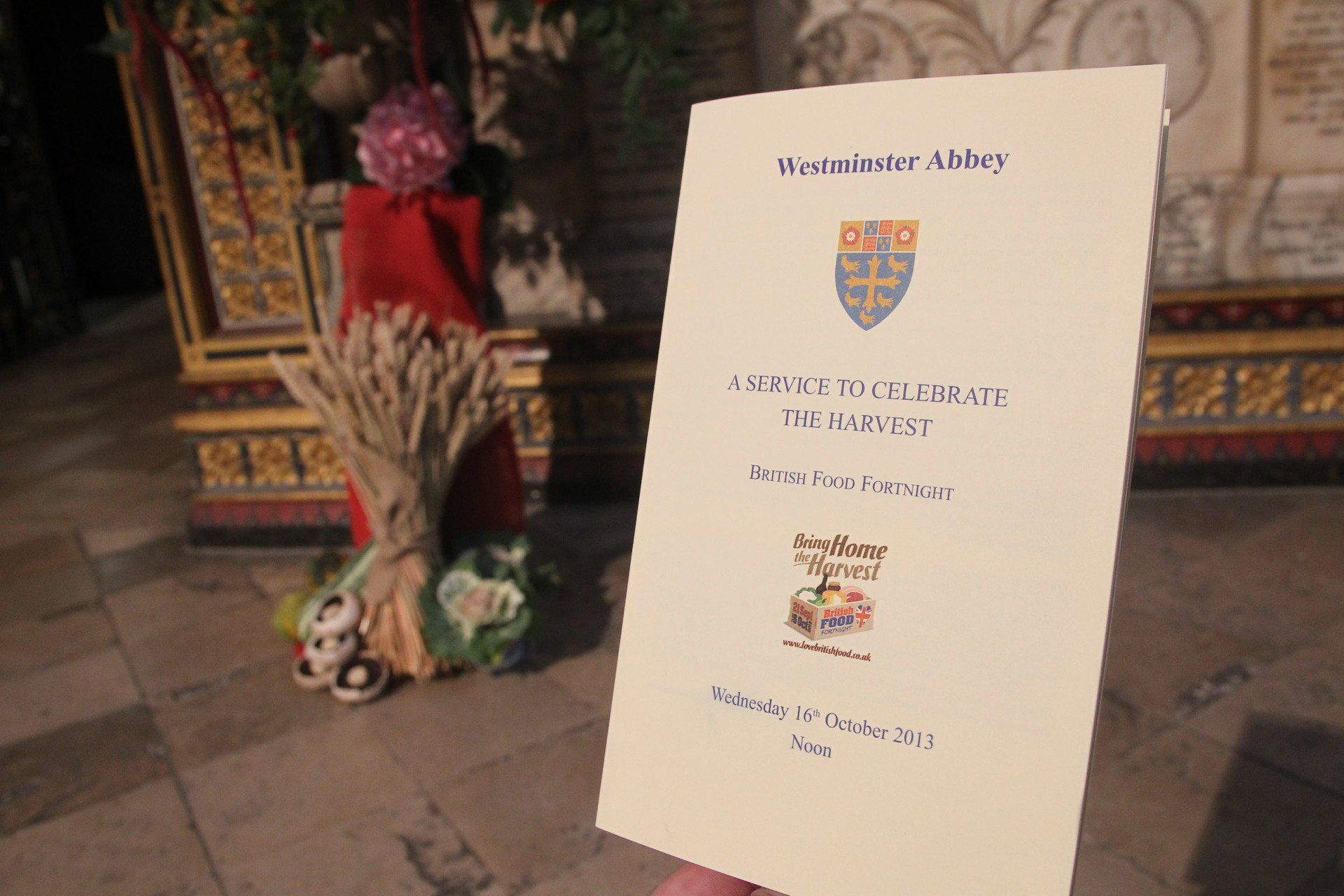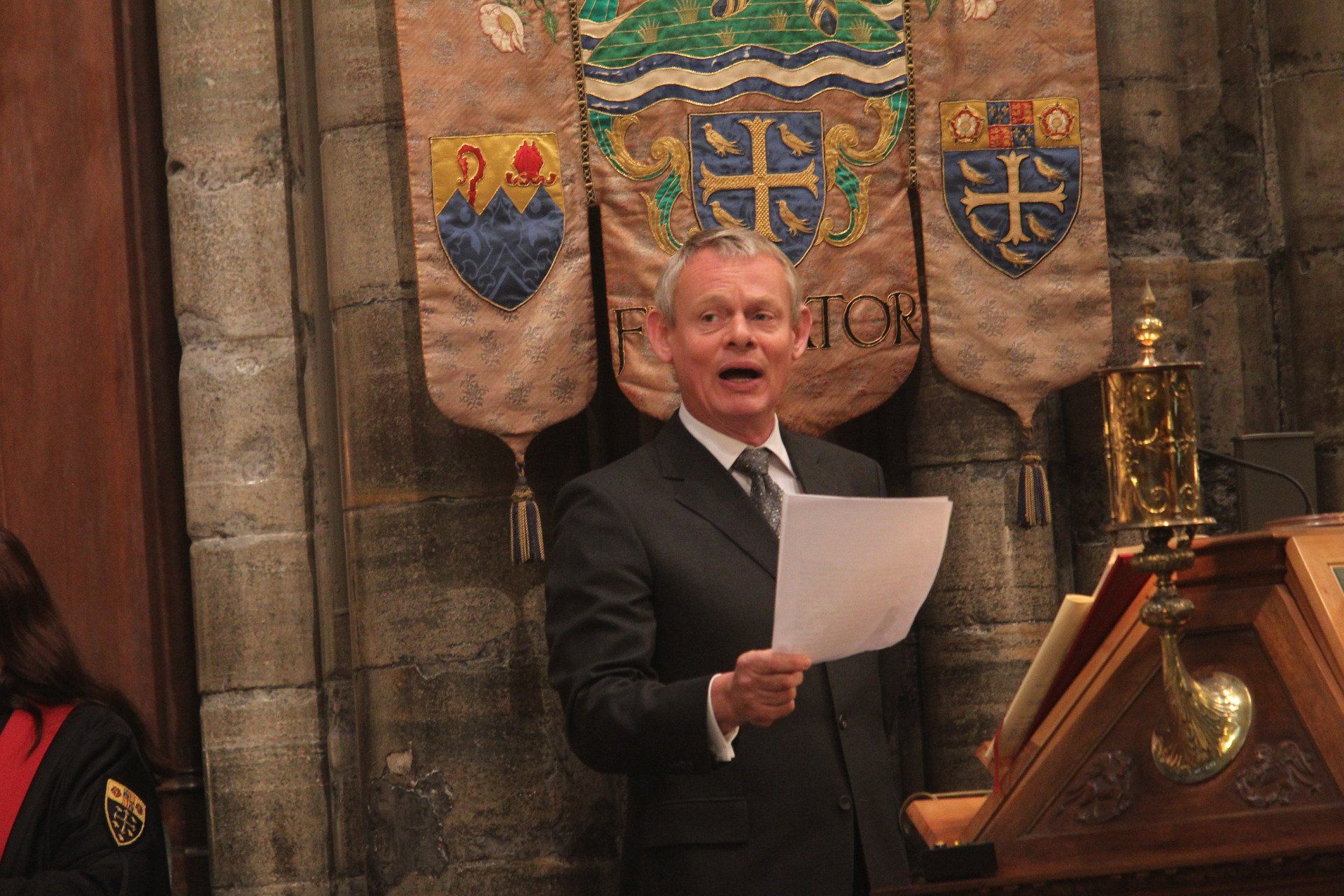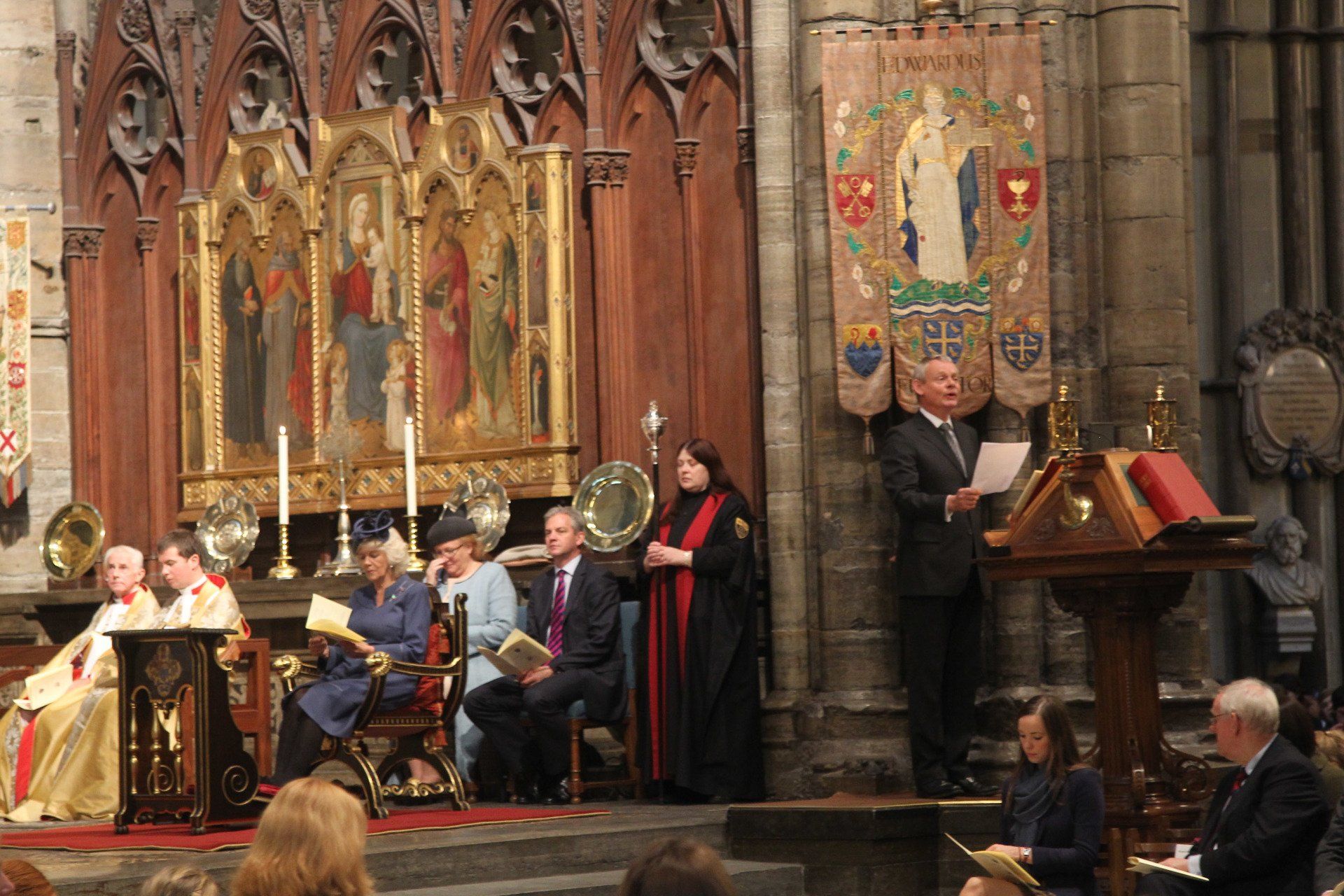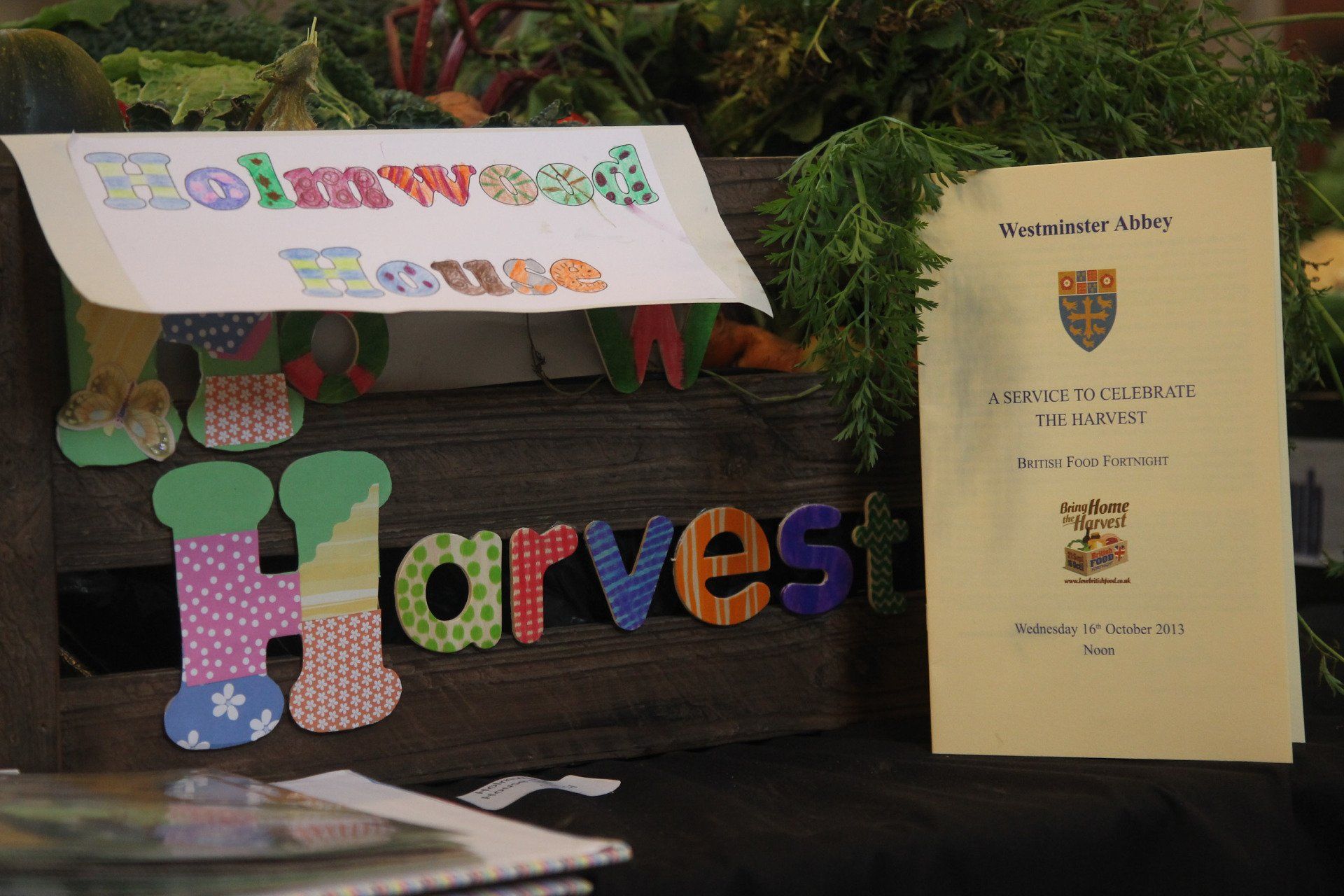Harvest 2013
The Harvest Torch and Love British Food’s National Harvest Service.
Her Majesty The Queen launched Love British Food’s inaugural National Harvest Service in Westminster Abbey in 2013, when she was HRH The Duchess of Cornwall. The service has taken place in a different city or group of parishes every year since. Last year it took place in Peterborough Cathedral. This year it takes place in Southwark Cathedral on Sunday 6thOctober at 11AM at a special harvest service organised by City Harvest, the magnificent food redistribution charity that makes good food available to those most in need in London.
The Harvest Torch, that was blessed in Westminster Abbey, travels the country with the service.
Celebrating the harvest by gathering together to give thanks for the food from the land is something that is celebrated by communities all over the world. Years ago it was, in Britain, almost as important a part of our national calendar as Christmas and Easter.
Harvest is one of the most important times of the year for farmers; the culmination of a year’s work and investment. And it is an opportunity for us all, in our homes and in our communities, to give thanks for the bountiful food that the land provides.
Love British Food runs a campaign to keep the celebration of the harvest a key part of the national calendar; to bring about a revival of this tradition that has long played a significant role in bringing communities together and reminding us how lucky we are to have food in abundance from Britain's beautiful countryside.
In 2013 we established a National Harvest Service. It was held in Westminster Abbey, the first harvest service to be held in the Abbey for nearly half a century. It is now held every year, each time in a different part of the country during British Food Fortnight. A Harvest Torch is handed from city to city with the National Harvest Service. It is a specially commissioned sculpture depicting harvest’s natural bounty and is the farming community’s answer to the Olympic Torch. The Torch has travelled from Westminster Abbey to Birmingham, Canterbury, Lincoln, Pembrokeshire, Ely, Chelmsford, Wells and the villages of Somerset. Next year we hope it will travel to Peterborough.
The tradition of celebrating harvest festival in churches began in 1843 when, at Morwenstow in Cornwall, The Reverend Robert Hawker conducted a special thanksgiving service at his church and blessed the crops. A year later, The Reverend Henry Alford’s hymn, ‘Come ye thankful people come, raise the song of harvest home’ was published. In the decades that followed, harvest festival gained in popularity and churches throughout the country celebrated it. However today, while many wonderful harvest celebrations still take place in communities and churches across Britain, this tradition that continues to flourish in other countries is no longer an established part of our national calendar.
We hope that Love British Food’s campaign to keep harvest festival on the national calendar, together with the renewed interest in the link between what we eat and where it comes from, will signify the continued revival of this joyous tradition.
There is so much to celebrate. We are fortunate to live in a country with four distinct seasons: ‘the warmth to swell the grain, the breezes and the sunshine, and soft refreshing rain’; a wonderfully varied topography with fells, dales, moors, plains, valleys, marsh, pasture and coast; and a vibrant farming community that despite relentless challenges continues to succeed in producing some of the highest quality food in the world. From our beef and sheep breeds which are the envy of the world; to our dairy farmers who now produce more types of cheese than France; to the abundance and rich variety of fruit and vegetables; to nature’s harvest which gives us mushrooms, haws, hips, blackberries and sweet chestnuts, we are indeed truly blessed.
Harvest Time Song by Bryony Muir
The Harvest Torch
Love British Food’s Harvest Torch is a symbolic sculpture that passes from host city to host city, akin to the Olympic Torch.
Love British Food’s Harvest Torch is symbolic sculpture that travels to the host city of the National Harvest Service every year during British Food Fortnight. The torch was be made by Master Blacksmith and National Blacksmith of the Year, Andy Hall from Devon.
The History of Celebrating the Harvest
The word harvest is from the Old English word hærfest, meaning autumn. It later came to refer to the season for reaping and gathering grain and other grown products.
The full moon nearest the autumnal equinox is called the Harvest Moon. So in ancient traditions Harvest Festivals were traditionally held on or near the Sunday of the Harvest Moon. In two years out of three, the Harvest Moon comes in September, but in some years, it occurs in October.
Prior to the 1850s, the harvest was marked with secular celebrations by the peasants, particularly along the arable east coast of Britain. Festivities involved folk music, dancing, and village parades, as well as popular sports of the labouring poor such as bull baiting and cock fighting.
Early festivities often descended into drunkenness and promiscuity; and so by the mid -19th century, the clergy codified the harvest celebrations into a Christian context in order to tame peasant ribaldry and establish social order. After just a few years of the Church’s involvement, harvest festival became a day of joy.
The advent of the modern harvest festival is usually attributed to the Rev George Anthony Denison, a High Tory and passionate ritualist. He was the man who introduced the customs of decorating the church, making corn dollies, bringing produce into church as a way of thanking God for the bounty of the land, electing a labourer as the first person to parade down the aisle to give thanks and following the service with a harvest supper.
Gradually, the Christian harvest festival gained popularity and spread throughout the country. New hymns were written to support it, including most famously All Things Bright and Beautiful.
Following the Second World War, farming production underwent huge changes as mechanisation took hold. And by the second half of the 20th century, the harvest had transformed from a communal event in which the local population, together with migrant labourers, all collected the produce, to a more solitary process involving a handful of farmers and heavy machinery.
By the Seventies, in many parts of Britain the harvest festival had lost its connection to the land. School children were encouraged to mark the harvest by taking tinned food to school, rather than local or seasonal produce. And as the mechanisation of farming was followed by mass marketing and globalisation, the appreciation of food being the produce of the land diminished.
Learn more about the Harvest! Visit a Ploughing Match to watch how it’s done. There are several museums that have exhibitions focused on working farms and agricultural including the Pitt Rivers Museum, the Acton Scott Working Farm and the Chiltern Open Air Museum.
A Reflection on Farming
